http://www.melaka.net/
Malacca was founded by a fleeing prince from Sumatra in 14th century, it developed into a major trading port for ships from India and China. As the Melaka Sultanate flourished, the Portuguese conquered Malacca in 1511. Later the Dutch took over in 1641 until much later the British empire ruled Malacca. The state finally obtained independence with the then "Malaya states" in 1957. Today, one will find many remnants of the glorious past dated back more than 500 years ago.
HISTORICAL PLACES
A replica of the Melaka Sultanate palace was reconstructed at the foot of St. Paul's Hill. The design is based on the description of the palace from the sixteenth-century 'Malay Annals,' or 'Sejarah Melayu.' It is the only building of its kind in Malaysia, and it provides a rare glimpse of the ancient Malay kingdom that once flourished here. The palace houses the Malacca Cultural Museum, which includes many artifacts of that kingdom.
On top of St. Paul's Hill is the St. Paul's Church, once the prayer house of the Portuguese Catholics, then turned into burial ground for their noble dead by the Dutch. The tombstones have Latin and Portuguese inscriptions on them. St. Francis Xavier was buried here in 1553 before his body was moved to Goa in India.
After the Portuguese captured Melaka, they built a fortress to defend themselves. The fortress, called A'Famosa suffered severe destruction during the Dutch invasion. What's left today is just the entrance walls, still well preserved till today.
The Stadthuys (1650) was the official residence of the Dutch Governor. It now houses the Historic Museum and Ethnography Museum which has many traditional bridal costumes and relics on display. Nearby, one will also find the Christ Church built in 1753, another fine example of the Dutch architecture.
During the peak of the Malacca Sultanate, the Sultan was gifted the Princess Hang Li Poh by the China Emperor. Her entourage settled in Bukit China (Chinese Hill). Today, Bukit China is believed to be the largest Chinese cemetery outside China, with many tombs dating back to the Ming Dynasty. Hang Li Poh's followers built a well in 1459 that is said to have never dried up. Today, the well is turned into a wishing well and many believe those who toss coins into the well will return again to Malacca.
The Kampung Keling Mosque is one of the oldest in the country (17th century). It's a blend of Sumatran and Western architecture with a 3 tier pyramid roof, a touch of Hindu influence perhaps. The carved wooden ceiling is supported by elegant Corinthian-styled columns.
Another well preserved building, the Cheng Hoon Teng temple was constructed in 1645 and is believed to be the oldest Chinese temple in the country. The eaves of the temple are decorated with Mythological figures and animation made from broken glass and porcelain. Besides the figures, the wood carvings and lacquer work are almost breath-taking.
There are many other places of historical value well worth a visit. What is mentioned above are just some of the "Not to be miss" sites. If you have more than a day's stay in Malacca, these places are worth visiting too.
OTHER HISTORICAL AND INTERESTING SITES
Baba and Nyonya Heritage Museum. 'Straits Chinese' or the Baba and Nyonya , are Chinese of noble descendants that have adopted much of the Malay culture into theirs. The public can now review the heirloom unique to this heritage at private museum run by the Babas and Nyonyas of Malacca. Floral and pictorial motifs grace parts of the front of the house whilst the interior is adorned with intricately carved fittings finished in gold leaf.
Hang Jebat and Hang Kasturi's mausoleum. Two of the Malacca Sultanate's well-known warriors and champion of justice. Hang Jebat was unceremoniously killed by Hang Tuah in a duel of honour that lasted 3 days and 3 nights. He was killed in the name of justice to avenge the sultan's hasty punishment against Hang Tuah for a crime he didn't commit.
Hang Tuah's well is located in Kampung Duyong where Hang Tuah was born and spent his childhood among four of his good friends who would later become the famous warriors of Malacca Sultanate. The well is said to be the abode of his soul which takes the apparition of a white crocodile. For a commoner to catch the glimpse of Hang Tuah is hardly likely. It is said that the holy among us can ever hope to see the apparition.
Jonker's Street, once the richman's street is now a living proof of Malacca's rich baba-nyonya heritage. The buildings are immaculately constructed with elaborate carvings on its pillars and walls. The street is also famous for its antique shops.
Maritime Museum is constructed after 'Flora De La Mar', the Portuguese ship that sank off the Coast of Malacca on its way to Portugal. With its hull laden with invaluable treasures seized from Malacca, the ship was doomed from existence had it not for the efforts to Malacca's heritage. At the museum, visitor can get a closer look at Malacca from the famed Malay Sultanate of the 14th century to the Portuguese era, the Dutch era and the British era. There are exhibits of foreign ships that had once called at the port of Malacca during the height of its maritime hegemony.
Memorial hall (1912), the landmark where the nation's first prime minister announce proclamation of independence from the British empire. It has been preserved with archive pictures of the country's struggle to attain independence.
Portuguese Square has a mild affinity to Portugal and known to be 'Mini Lisbon' in Malacca. Located within the Portuguese Settlement, the square is the culmination of Portuguese culture in its full splendour and colours. One will also find authentic Portuguese restaurants at the square.
Sam Po Kong Temple was constructed in dedication to Admiral Cheng Ho. The temple was named after a fish that miraculously saved the admiral's ship from sinking after it had been hit by a storm enroute to Malacca from China. The fish mysteriously placed itself against a damaged hull preventing the ship from taking on water.
Sri Poyyatha Vinayagar Moorthi Temple is one of the first Hindu temple built in the country at the turn of the century. It was built on the plot given by the Dutch.
St. Francis Xavier's Church was built in 1849 by a frenchman, Reverend Farve. The Gothic towered church is dedicated to St. Francis Xavier, well-remembered for his missionary work spreading Catholicism to South East Asia in the 16th century.
St. John's Fort was rebuilt by the Dutch during the third quarter of the 18 th century, the fort was once a private Portuguese chapel dedicated to St. John the Baptist. The fort has an interesting feature in that its gun embrasures face inland as during that time, attacks on Malacca came mainly from the land instead of from the sea.
St. Peter's Church was built in 1710 by the Portuguese descendants and comprising an architectural mix of the Oriental and Occident
PERGOLA HOTEL, MELAKA
No.5, Kompleks Perniagaan Melaka Raya,
Jalan Melaka, Taman Melaka Raya,
75000 Melaka, Malaysia
Tel: 06-283 2299
website: http://www.pergolahotel.com.my/
Room Rate:
Deluxe: RM148 nett (Sun-Thurs) RM168 nett (Fri-Sat) RM198 nett (Public Holiday)
Executive Deluxe: RM168 (Sun-Thurs) RM188 (Fri-Sat) RM218 (Public Holiday)
Family Executive: RM198 (Sun-Thurs) RM238 (Fri-Sat) RM288 (Public Holiday)
Family Suite: RM238 (Sun-Thurs) RM278 (Fri-Sat) RM338(Public Holiday)
Check in time: 2.00pm
Check out time: 12.00pm
Lobby, check in reception
We make a move from Muar around 5pm and reached Melaka around 6pm plus, we drove around looking for a nice hotel to check in, I suggested to my friends to try out this new hotel, new must be clean! After checked in, we all rest for a while then head for dinner "Satay Celup".
Lift available
To the rooms
My room
Clean and comfy
Bathroom
During day time, a few Malay restaurants operate business at the same row and many restaurant around this area, walking distance to the mall
Brother John, located around the corner of this hotel building, belongs to the hotel as well, happening at night..similar concept like Paparich and Old Town!
MELAKA
Must visit Melaka, great place!








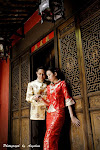
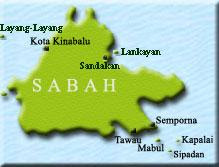





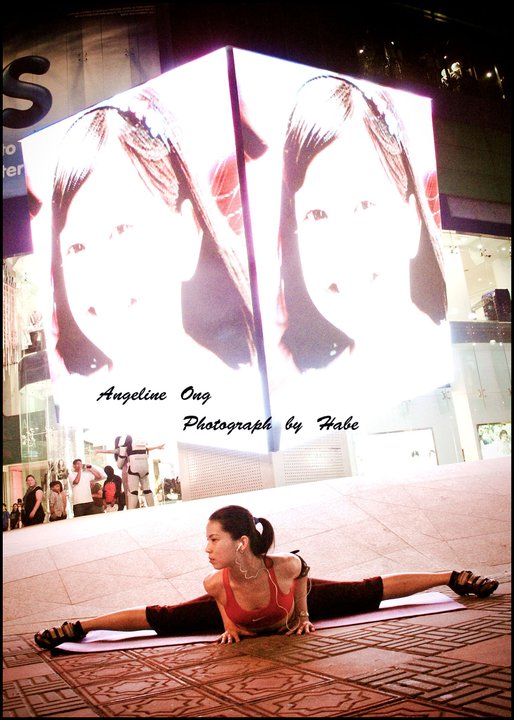






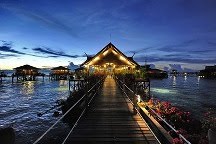
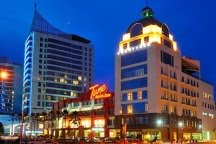




0 comments:
Post a Comment